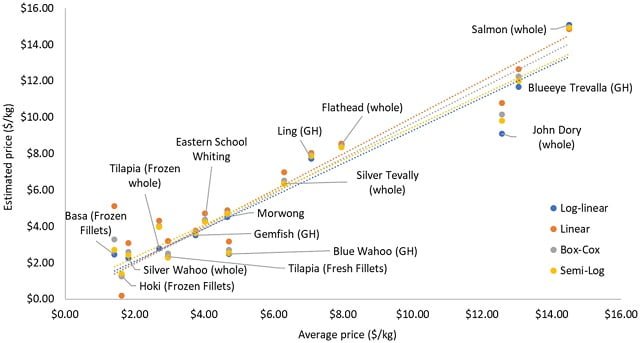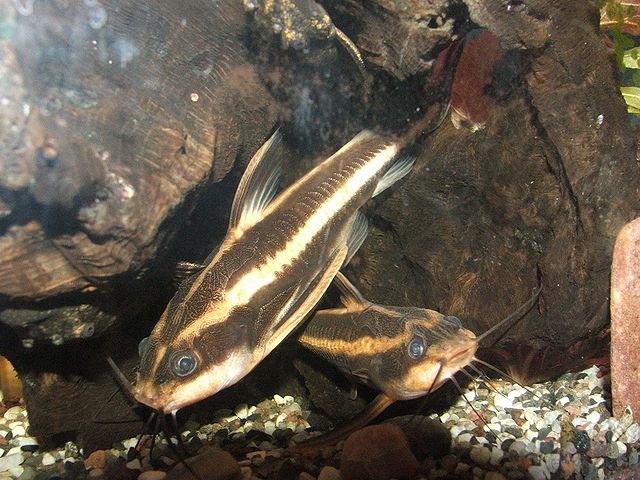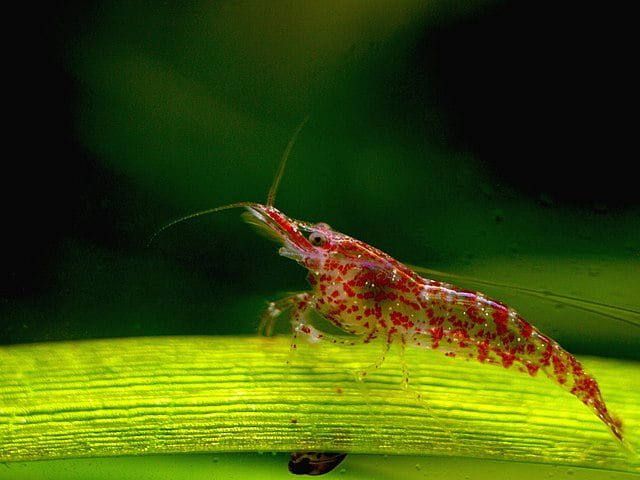
In most cases, like the key species of the global aquaculture industry such as shrimp, salmon, tilapia, barramundi and catfish, the species had a pre-existing presence in the market, and the challenge for aquaculture was to develop methods to produce these species.
A critical component to assess the economic feasibility of species with aquaculture potential is the price of the product that can be achieved in the market. However, what about species with aquaculture potential that have little or no market?
Researchers from CSIRO Environment, and from CSIRO Agriculture and Food, Sensory and Consumer Science, developed a hedonic price model to estimate the expected price of a species that is being considered for aquaculture, but does not currently have a presence in the aquaculture market in Australia.
The hedonic price model can be used for other species with aquaculture potential that are not well known.
Hedonic price modeling
The hedonic price of a product is based on the theory that the price of a good reflects the set of its intrinsic characteristics, with econometric models to estimate the contribution of these characteristics to the price.
Applications of hedonic price models have been predominantly applied to housing data, often with the goal of identifying the contribution of environmental attributes to house prices or the value of access to services such as education or transportation.
Hedonic pricing models have also been applied to food markets, including those for fish species, focusing on particular attributes.
Application of the model to the oyster pompano
The researchers applied the developed hedonic model to the oyster pompano (Trachinotus anak), a species endemic to the north coast of Australia. This species is related to the Florida pompano (T. carolinus), the golden pompano (T. ovatus), which have been cultivated in different parts of the world.
Stay Always Informed
Join our communities to instantly receive the most important news, reports, and analysis from the aquaculture industry.
In Australia, the potential for aquaculture production of T. anak is being evaluated.
The potential price of T. anak was estimated by the researchers, using four models, based on sensory analysis. The model used information on characteristics from sensory tests and other sources, and considers different production levels and three average weights at harvest: full size (130 cm), medium size (65 cm) and small (30 cm).
“The descriptive sensory analysis provided valuable information for price modeling, since this species currently does not have a presence in the market and reliable information on its sensory characteristics required for the model was not available in the literature,” they report.
The researchers described T. anak as a firm-textured, mild-flavored fish, sharing characteristics with well-regarded gastronomic species such as Kingfish and Pink Ling, supporting the potential of T. anak as a new aquaculture species.
The model is derived from auction-based observed market prices and, in some cases, includes value added through processing.
“While the models suggested that filleting fish resulted in a reduction in live weight equivalent price, this must be balanced against other considerations, such as access to other markets (eg restaurants, catering, etc.), which can generate higher prices. processing costs and potentially lower transportation and marketing costs”, they highlight.
They also indicate that “the estimated prices of T. anak are approximately similar in magnitude to the prices received for related species in other markets.”
“The results of the analysis suggest that the price likely to be received for T. anak if aquaculture production continues is likely to be in the range of $8.71/kg to $10.43/kg for medium-sized fish (about 4 kg). and $8.44/kg to $10.11 for small fish (around 1 kg), depending on the quantity produced and based on the results of the most appropriate model”, they concluded.
Conclusion
“Hedonic price models provide a means of deriving price estimates for ‘new’ species. In this case, we have used four different functional forms of the hedonic price model to consider the uncertainty due to the choice of the model, as well as the uncertainty of the estimated parameters in each of the models”, they conclude.
The model developed by the researchers includes information on a wide range of other species currently on the market, including low-value and high-value species; farmed and wild caught, and produced domestically or imported.
The research team compared the characteristics of the species (product form: whole, fillets, fresh, frozen, etc.) and the flavor characteristics are compared with their price.
They also conducted sensory tests to assess the characteristics of the new species, and the model was used to provide estimates of its likely market price if it were to be produced.
Contact
Sean Pascoe
CSIRO Environment,
Queensland Biosciences Precinct,
St Lucia, Australia
Email: sean.pascoe@csiro.au
Reference (open access):
Sean Pascoe, Lukas Danner, Thejani Gunaratne, Tiana Pang, Peggy Schrobback, Tim Perrin & Polly Hilder (2023) Estimating prices for “new” aquaculture species: A hedonic pricing approach, Aquaculture Economics & Management, DOI: 10.1080/13657305.2023.2186533
Editor at the digital magazine AquaHoy. He holds a degree in Aquaculture Biology from the National University of Santa (UNS) and a Master’s degree in Science and Innovation Management from the Polytechnic University of Valencia, with postgraduate diplomas in Business Innovation and Innovation Management. He possesses extensive experience in the aquaculture and fisheries sector, having led the Fisheries Innovation Unit of the National Program for Innovation in Fisheries and Aquaculture (PNIPA). He has served as a senior consultant in technology watch, an innovation project formulator and advisor, and a lecturer at UNS. He is a member of the Peruvian College of Biologists and was recognized by the World Aquaculture Society (WAS) in 2016 for his contribution to aquaculture.




